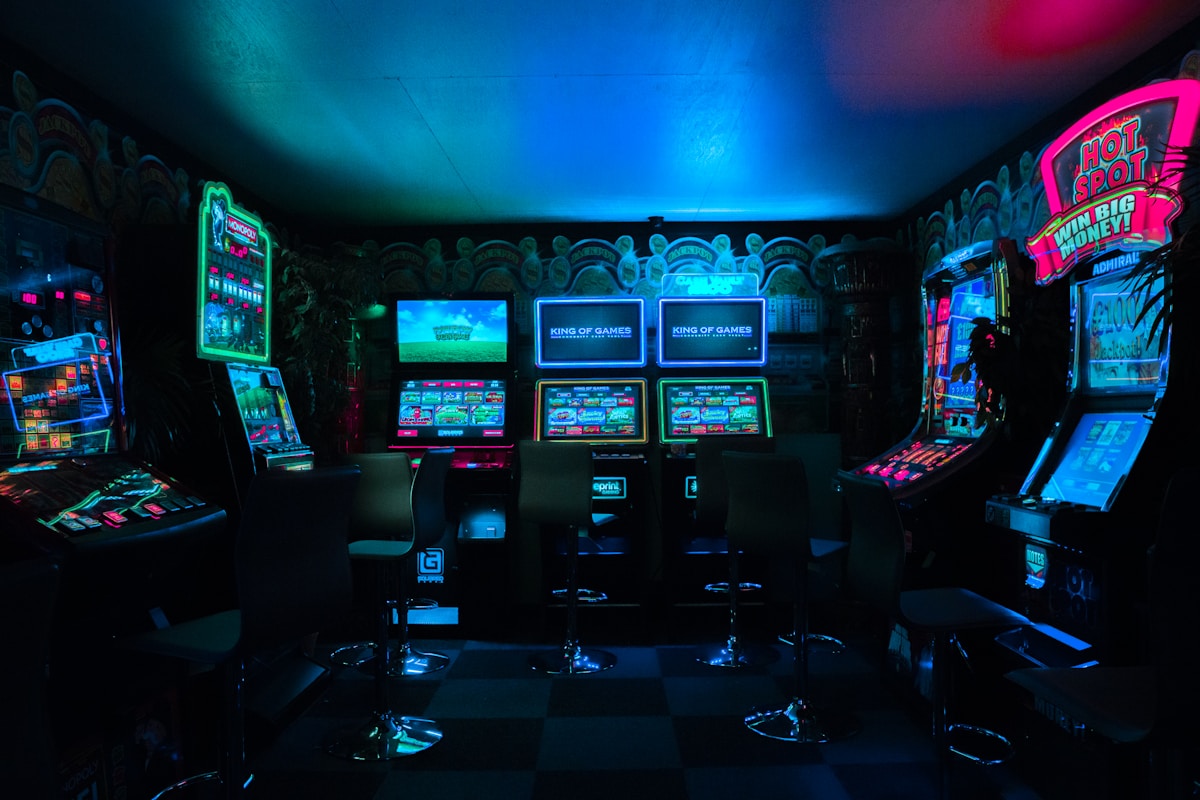Thirty-four years is a long time to wait for a video game to see the light of day. But that’s exactly what happened when Hidden Palace, a video game preservation website, just released a playable prototype of Sega Technical Institute’s cancelled Mega Drive title “Dark Empires.” The game never made it to store shelves in 1991, but thanks to preservation efforts and Sega Retro researcher Alexander Rojas, it finally exists as something people can actually play. It’s a fascinating window into what Sega’s North American studio was thinking during the company’s early days.
What Was Dark Empires?
Dark Empires was an ambitious real-time strategy game focused on dragon combat. Designer Bill Dunn conceived the game at Sega Technical Institute in 1990, shortly after the studio was founded by legendary developer Mark Cerny. The game would feature battles between two opposing factions of dragons across different time periods. Think of it as Herzog Zwei – a mech-based console RTS that inspired much of Dark Empires’ design – but replace the giant robots with literal dragons.
The team behind it included some solid talent. Craig Stitt, who would later become an artist at Insomniac Games, worked on the project alongside programmers Scott Chandler and Ken Rose. These weren’t inexperienced developers. They were building something genuinely novel for a Mega Drive game. Real-time strategy on a 16-bit console was unusual territory in 1990-1991, especially one featuring something as fantastical as dragon battles across eras.
Why Did It Get Cancelled?
The game was cancelled in late 1991, right after the first playable prototype was delivered. And here’s the thing – nobody really knows exactly why. There’s no official statement from Sega. There’s no preserved design document explaining the decision. But Craig Stitt has a theory based on his experience at the studio. He assumes the project was “too much of a niche game for what Mark wanted to do” with Sega Technical Institute.
That assessment makes sense when you understand what STI was dealing with at the time. The studio had an identity crisis. STI was Sega’s American development arm, founded to create original content and bring new ideas to the company’s pipeline. But the studio was simultaneously trying to do too many things at once. During the time Dark Empires was cancelled, STI had roughly five different projects in development. Something had to give, and a niche dragon RTS apparently was lower priority than other projects like The Ooze and Comix Zone.

A Piece of Lost Sega History
Dark Empires is particularly interesting because it represents Sega Technical Institute at a specific moment in time. STI was founded in 1990 to be Sega’s innovation engine for North America. The studio would eventually become known for creating several memorable games including Comix Zone, The Ooze, and various Sonic projects. But early on, STI was experimenting – throwing ideas at the wall to see what stuck.
The tragedy of STI is that the studio closed in 1996 after internal corporate politics and management disputes made it untenable to operate. Many of STI’s cancelled games represent lost potential. Sonic X-treme, the failed 3D Sonic platformer that was supposed to launch the Saturn, is the most famous example. But Dark Empires predates even those struggles. It’s a proto-STI project from when the studio was still figuring out its identity.
What Happened to the Team
Interestingly, Craig Stitt’s decision to leave Sega after Dark Empires’ cancellation eventually led to something arguably more successful. Stitt contacted Mark Cerny, who had moved on to work with Sony’s console development efforts. That connection eventually led Stitt to Insomniac Games, where he would work on the Spyro the Dragon franchise – a series that also featured dragons and exploration, not entirely dissimilar from what Dark Empires was attempting.
So in a roundabout way, Dark Empires’ cancellation led to Stitt finding a path that would let him explore similar ideas in a different context. The game itself was cancelled, but the creative impulse behind it lived on in the people who made it.
| Developer | Later Work | Connection to Dark Empires |
|---|---|---|
| Craig Stitt (Artist) | Spyro the Dragon at Insomniac | Dragon-focused game after leaving Sega |
| Bill Dunn (Designer) | Various Sega projects | Original creator, STI’s early years |
| Mark Cerny (STI Founder) | Naughty Dog, PlayStation architecture | Founded STI in 1990, left mid-development |
| Scott Chandler (Programmer) | Unknown continuation | Early STI technical foundation |
Game Preservation Matters
The release of Dark Empires’ prototype by Hidden Palace highlights why game preservation is crucial. Without dedicated preservationists like the people at Hidden Palace and researchers like Alexander Rojas, this game would have been lost forever. It wasn’t a commercial failure we could easily revisit – it never shipped. There was no ROM to dump from cartridges. No arcade board to archive. Just a prototype that existed in Sega’s files.
How does a game this lost make it back into the world? Usually through documentation, old developer communications, or lucky discoveries of original storage media. In this case, someone had the prototype and eventually it made its way to preservation experts who could verify its authenticity and release it safely. Without that effort, future game historians would never have known this project existed beyond a mention in a database.
FAQs
What is Dark Empires?
Dark Empires was a cancelled real-time strategy game developed by Sega Technical Institute in 1990-1991. It featured dragon combat across multiple time periods and was inspired by Herzog Zwei. The game never released but a prototype recently became playable through Hidden Palace.
When was Dark Empires cancelled?
Dark Empires was cancelled in late 1991, shortly after the first playable prototype was delivered. The game was in development for approximately 14 months before being shelved.
Can you play Dark Empires now?
Yes. Hidden Palace released a playable prototype of Dark Empires in November 2025. You can download and play it on Mega Drive emulators. It’s technically 34 years late, but it’s finally available.
Why was Dark Empires cancelled?
No official reason was given, but Craig Stitt (artist on the project) believes it was deemed “too much of a niche game” for what Sega Technical Institute’s leadership wanted to focus on. STI was juggling five projects simultaneously at the time.
Who worked on Dark Empires?
The game was created by designer Bill Dunn, artist Craig Stitt, and programmers Scott Chandler and Ken Rose at Sega Technical Institute. Mark Cerny founded STI where the game was developed.
What is Hidden Palace?
Hidden Palace is a video game preservation and archival website dedicated to preserving unreleased and forgotten games. They work with researchers and developers to verify, document, and release lost gaming history.
Did Sega Technical Institute make other cancelled games?
Yes, STI had several cancelled projects. The most famous is Sonic X-treme, the 3D Sonic platformer for Saturn that never released. Others include Treasure Tails, Spinny & Spike, and Segapede/Astropede. Many of these prototypes have since been released through preservation efforts.
What happened to Sega Technical Institute?
STI closed in 1996 as a result of corporate restructuring and management changes at Sega of America. Former developers went on to other studios – Craig Stitt joined Insomniac, Mark Cerny worked with Naughty Dog, and others started companies like Luxoflux.
Conclusion
Dark Empires might have been too niche for Sega in 1991, but 34 years later it’s exactly the kind of weird, experimental game that gaming history cherishes. It represents a moment when Sega Technical Institute was still figuring out its identity and willing to take chances on unconventional projects. The game probably wouldn’t have been a commercial hit, but it would have been interesting – and that’s often worth more in retrospect than another safe sequel.
Thanks to Hidden Palace and game preservation advocates, we now get to experience what STI was thinking during its early days. Dark Empires won’t set the world on fire in 2025, but it’s a fascinating artifact of 1991 ambition and a reminder that not every cancelled game deserves to be forgotten. Sometimes preservation gives second chances to projects that missed their moment the first time around.

